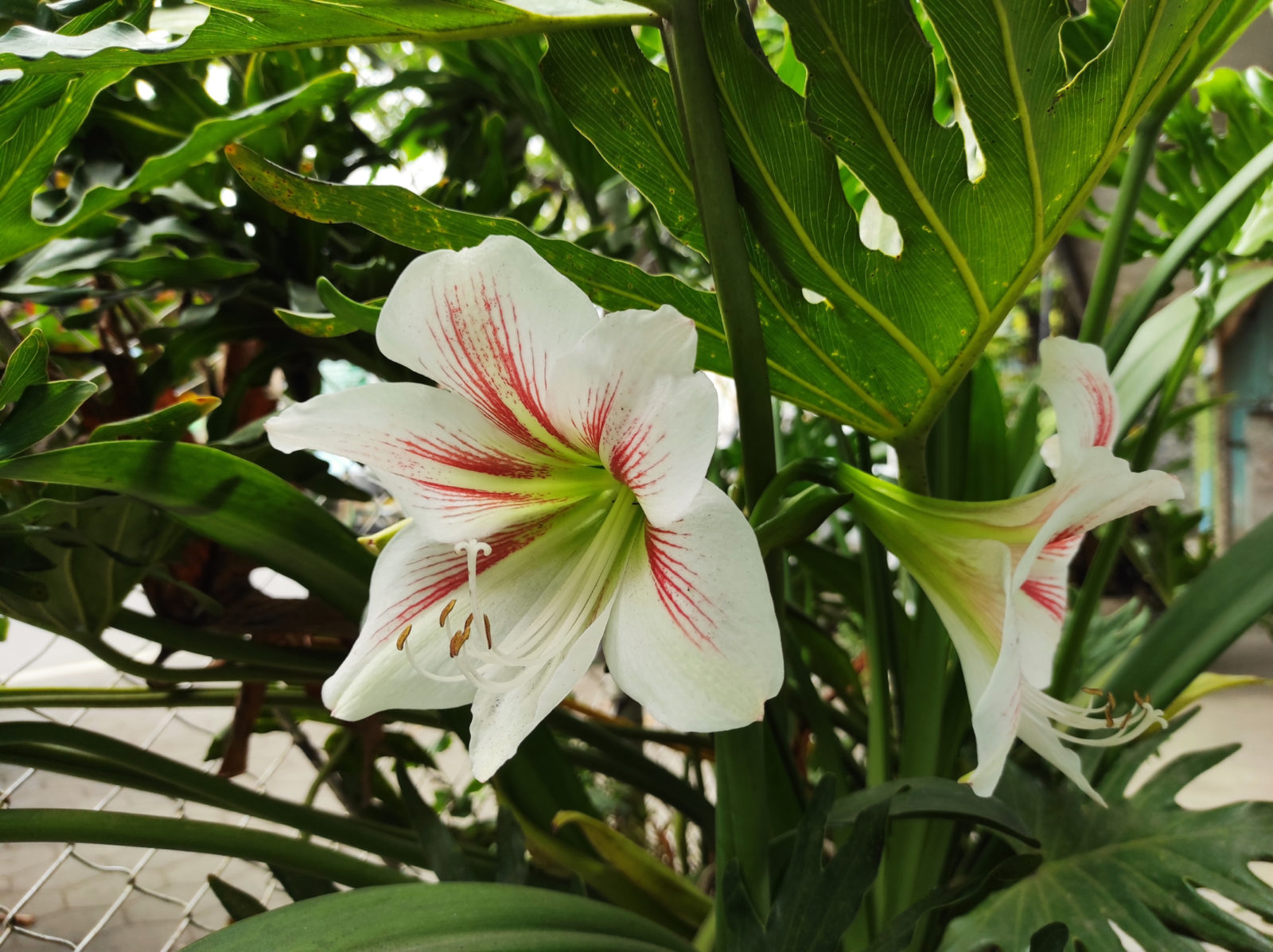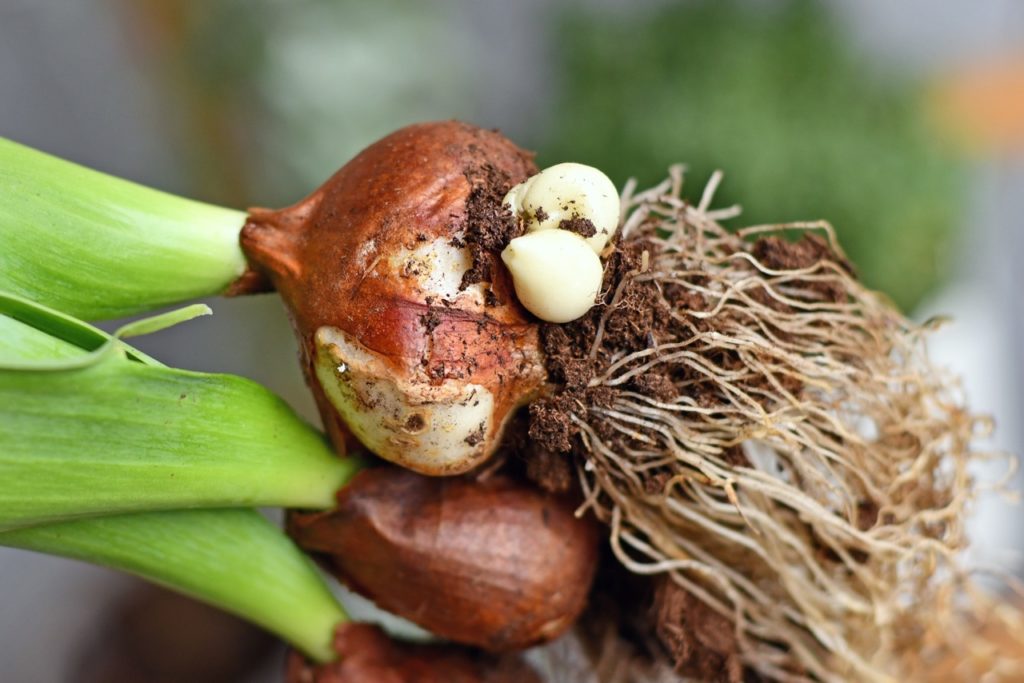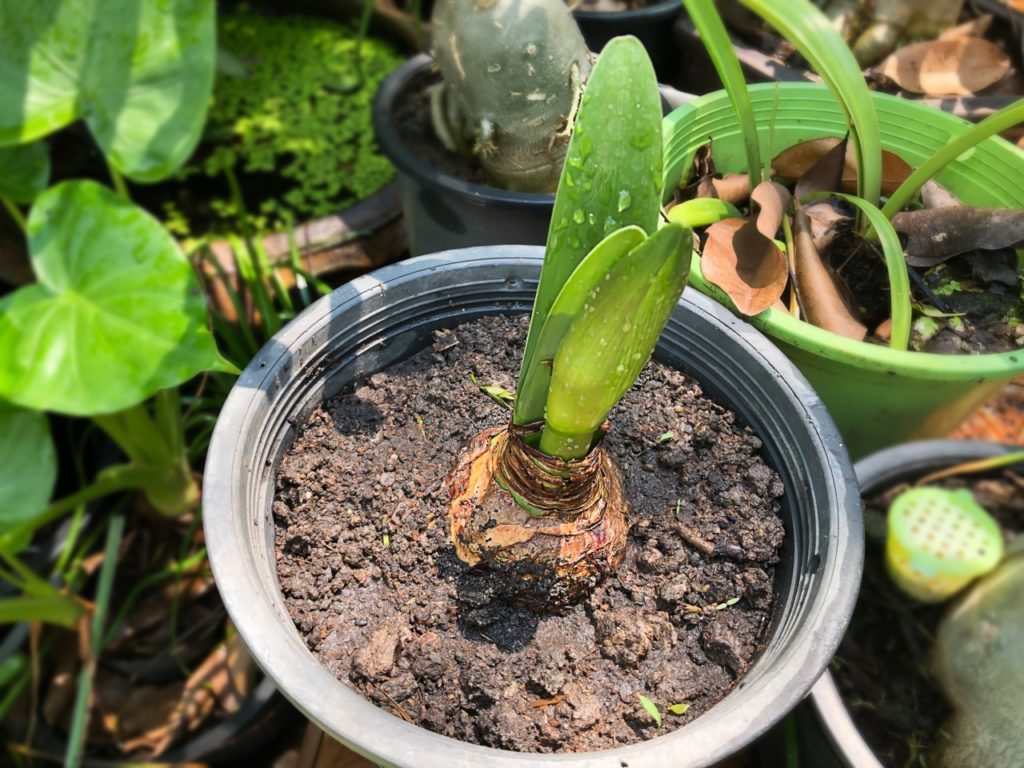Locate Healthy Bulb Offsets To Easily Propagate New Amaryllis Plants For Your Collection

HOUSEPLANTS > AMARYLLIS > PROPAGATION

Elizabeth is a Permaculture Garden Designer, Sustainability Consultant and Professional Writer, working as an advocate for positive change. She graduated from the University of St. Andrews with an MA in English and Philosophy and obtained a Diploma in Applied Permaculture Design from the Permaculture Association.
Reviewed By COLIN SKELLY

Colin is a Horticulturist and Horticultural Consultant with experience in a range of practical and managerial roles across heritage, commercial and public horticulture. He holds the Royal Horticultural Society’s Master of Horticulture award and has a particular interest in horticultural ecology and naturalistic planting for habitat and climate resilience.
IN THIS GUIDE
AMARYLLIS GUIDES
Container Growing
Growing From Seed
Indoors Growing
Planting
Propagation
Pruning
Re-Blooming
Repotting
If you don’t mind waiting 5-6 years for blooms, amaryllis can be grown from seed, but you might be wondering if there is an easier and slightly quicker way to propagate existing amaryllis plants.
You cannot exactly take cuttings from amaryllis stems or leaves, but you can if you wish to propagate your plant by means of division.
You can obtain new plants from an existing amaryllis by dividing the small bulb offsets from the main bulb.
By separating these bulb offsets from the parent plant and potting them up into their own containers, you can obtain bulbs of flowering size, identical to the parent plant, in around 3-4 years.

To propagate amaryllis by bulb offsets:
- Examine the offsets around the main bulb and look for ones with their own roots.
- Divide these from the parent bulb.
- Pot each one up into its own pot that is filled with a free-draining peat-free growing medium.
- Maintain a temperature of around 21°C year-round and water and feed your young plants.
Read on for a step-by-step breakdown of the process in full:
When To Take Offsets
Typically, the division of bulb offsets from a parent plant is a job that you will do during the process of repotting a mature amaryllis plant between January and March.

Mature plants usually need to be repotted with a new growing medium at least once every 2-3 years.
1) Locate Healthy Bulb Offsets
The first stage involves looking at the existing plant.
Remove it carefully from its existing pot and look for the small bulbs forming around the sides of the main one.
Look to find one or more bulb offset that looks healthy and which has its own roots.
2) Divide From The Parent Plant
Next, gently separate the bulb offsets that you would like to divide and replant from the parent bulb, taking care not to damage the roots.
3) Pot Up Into Individual Containers
After potting up the mature plant as you usually would, pot up the bulb offsets into their own individual small containers.
These containers should have drainage at the base and be just large enough to accommodate the bulb offsets that you have divided from the parent plant.

Fill the containers with a peat-free multi-purpose compost or a homemade mix and water them, making sure excess water can drain away freely.
Colin Skelly, an expert horticulturist, explains: “To avoid the risk of the offsets and young plants rotting, I add quite a sharp drainage, usually a horticultural grit or compost up to 50:50.”
4) Care For Offsets
Now you simply need to make sure that you maintain the right care for the young plants as they slowly mature.
Keep the temperatures at around 21°C throughout the year and don’t induce dormancy as you would for mature plants.
Keep watering throughout the year and feed weekly with a compost tea or specialist organic liquid feed for houseplants between April and September.

After 3-4 years, your plant should reach the bulb size required for successful flowering and, once it flowers, it can be treated the same as any mature amaryllis plant.
Though growing mature amaryllis from an existing plant using bulb offsets will take time and patience, this is a way to obtain more of these beautiful winter flowering houseplants for free.
So, this could be an interesting option to consider if you want to expand your pot plant collection.
